St James's Fair, Bristol (1824)
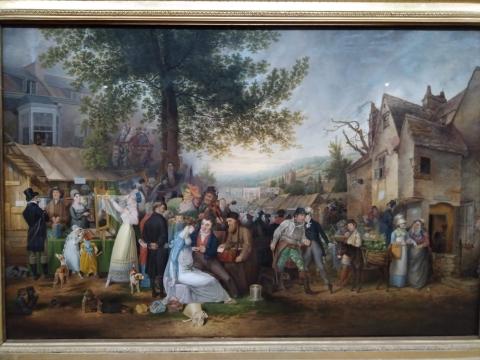
Samuel Colman painted St James's Fair, Bristol in 1824. St James's Fair had taken place since the 13th century; by the 1820s it was notorious for the crime and general debauchery it attracted. Colman, a strict Nonconformist, preaches a very visual sermon contrasting virtue with vice. The house on the left compares middle-class domestic contentment with the run-down brothel on the right. Between, there are references to slavery, lost virginity, the transience of beauty, the evils of gambling, theft and deception.
Bristol’s St James’ Fair echoes Bunyan’s Vanity Fair, which is a picture of all earthly pleasures and amusements which distract us from that important quest for spiritual truth. The fashions have changed but the distractions, vices and vanities are essentially the same.
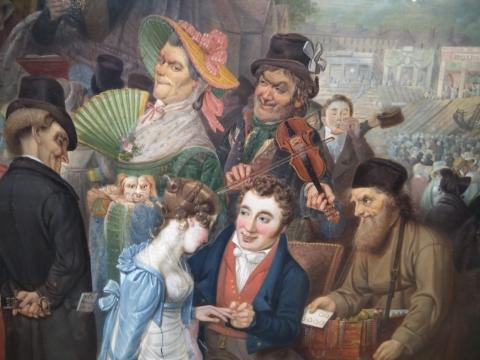
Dubious-looking charcters observe and admire a young couple's engagement; hawkers, peddlars, gossips, fiddlers and old crones each espy some particular advantage in the betrothal.
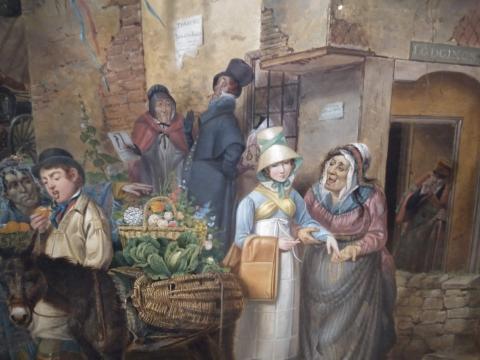
Two malingering crones stand outside a lodging house, the functions of which are seen in its shadows and lurking clientele. A wholesome young woman is being guided by an old woman while a young man eats exotic fruit.
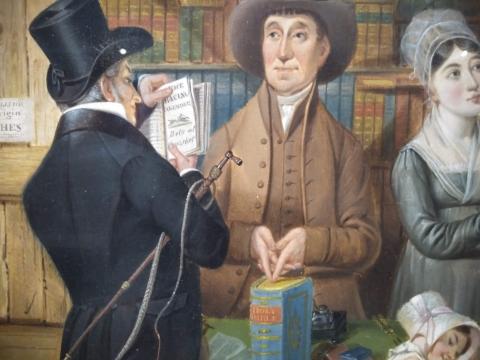
The gentleman in the top hat reads a book on horse racing while the brown gentleman points him to a Bible. The former publication is of no value, but God's word could have saved the rich man's soul.
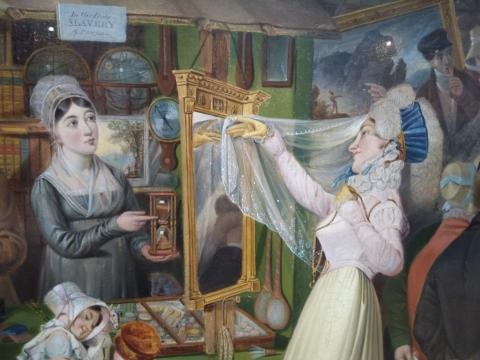
The woman in white admires herself in the new fabric, failing to notice the grey woman's pointing to an hour glass; her beauty will not last while her vain soul shall last forever.
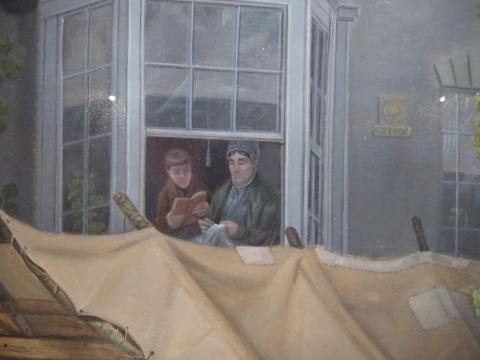
Reading a book to an old woman during needlework does not seem the most scintilating of pastimes, but this young man is unlikely to be led astray like so many here depicted beneath his window.
- Log in to post comments


 Sunday Worship 10.45am & 6.00pm
Sunday Worship 10.45am & 6.00pm